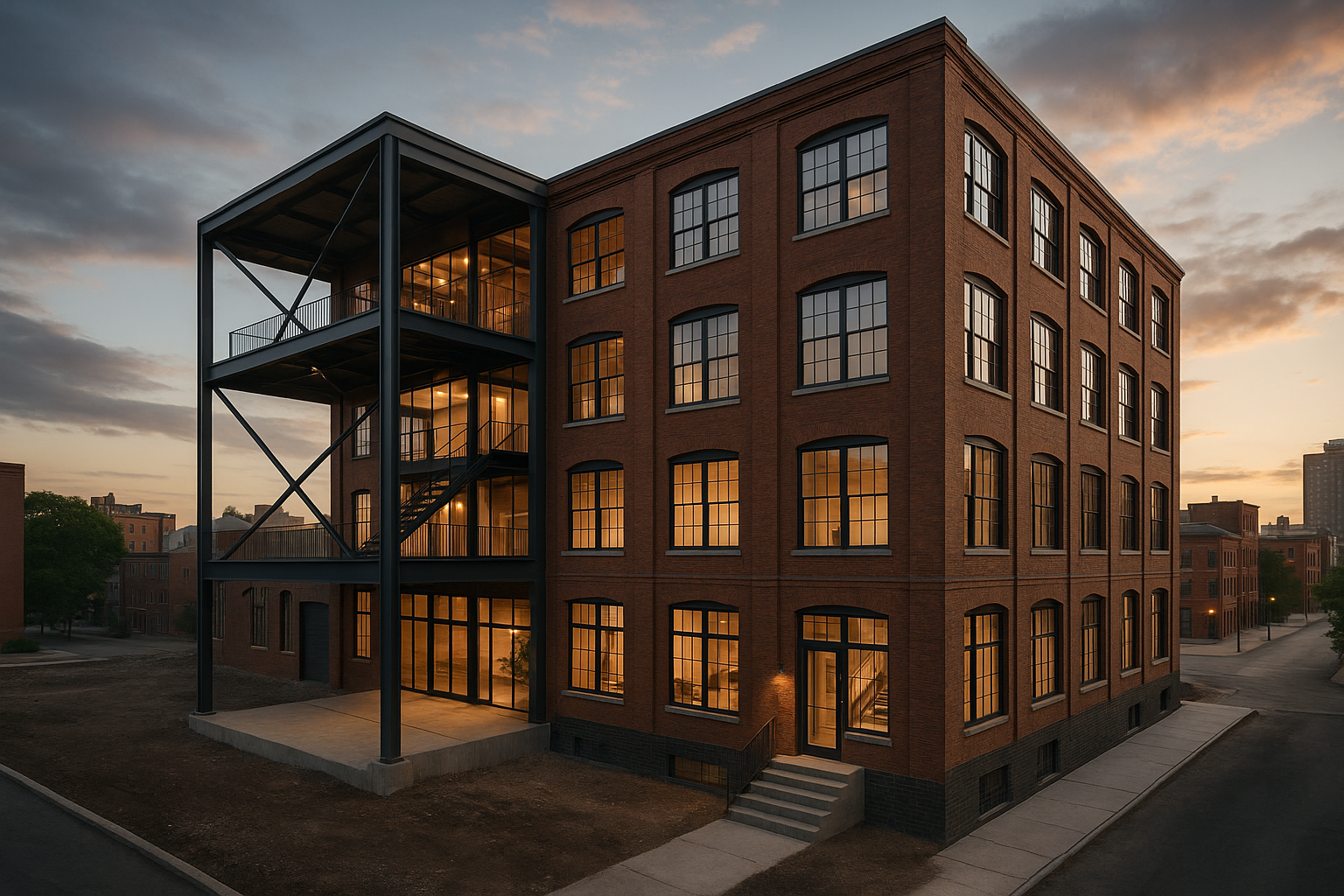The Reinvention of Industrial Spaces: A New Chapter in Real Estate Investment
In the labyrinth of real estate investing, one trend has emerged that is redefining the investment landscape. Industrial spaces are being repurposed into vibrant, mixed-use developments, sparking interest among investors. This article dives into this trend, tracing its roots, key developments, market trends, and implications for both investors and the community.

A Look Back at Industrial Spaces
Industrial spaces have always been an integral part of urban landscapes. They served as the backbone of manufacturing in the 20th century, housing factories and warehouses. However, with the decline of manufacturing industries in many urban areas, these industrial spaces often became vacant, neglected, and perceived as eyesores.
In recent years, developers and investors have seen the potential in these large, underutilized spaces. From old warehouses to deserted factories, these buildings are being reinvented into commercial, residential, and leisure spaces, thereby transforming the real estate investment landscape.
The Current Trend: Investing in Repurposed Industrial Spaces
A 2019 report by the Urban Land Institute highlighted repurposed industrial spaces as a promising real estate trend. The report pointed out that these spaces offer unique architectural features, large floor plans, and strategic locations often close to urban centers, making them attractive for various uses.
One popular adaptation of industrial spaces is into ‘industrial-chic’ offices. Companies, particularly in the tech and creative sectors, favor these spaces for their open floor plans and distinctive aesthetic.
Another trending adaptation is into residential lofts. Industrial spaces provide large open areas, high ceilings, and exposed structural elements, which are appealing to modern homeowners. In addition, these spaces often have historical significance, adding a unique charm that new constructions may lack.
Advantages and Challenges of Investing in Repurposed Industrial Spaces
Investing in repurposed industrial spaces offers several advantages. Firstly, these properties often have lower purchase prices compared to traditional commercial or residential spaces. Secondly, the potential for high returns is significant given the increasing demand for unique, strategically-located spaces.
However, there are challenges to consider. The transformation of industrial spaces into habitable or commercial spaces requires significant investment for renovation, compliance with building codes, and potential environmental clean-up. Moreover, the success of these investments depends on market demand, which can be influenced by various economic and demographic factors.
The Potential Impact on Investors and the Community
The repurposing of industrial spaces can yield considerable returns for investors willing to take on the associated risks and challenges. Moreover, the trend can positively impact the community. It can revitalize neighborhoods, create jobs, and offer unique living and working spaces.
However, it’s crucial to consider potential drawbacks, such as gentrification, which can lead to displacement of existing residents, and the loss of industrial jobs if these spaces are not replaced elsewhere.
Conclusion
The reinvention of industrial spaces represents an intriguing chapter in real estate investment. While it offers promising opportunities, it also comes with its set of challenges and potential implications for both investors and the community. As with any investment, thorough research, due diligence, and a clear understanding of market trends are essential for success.




